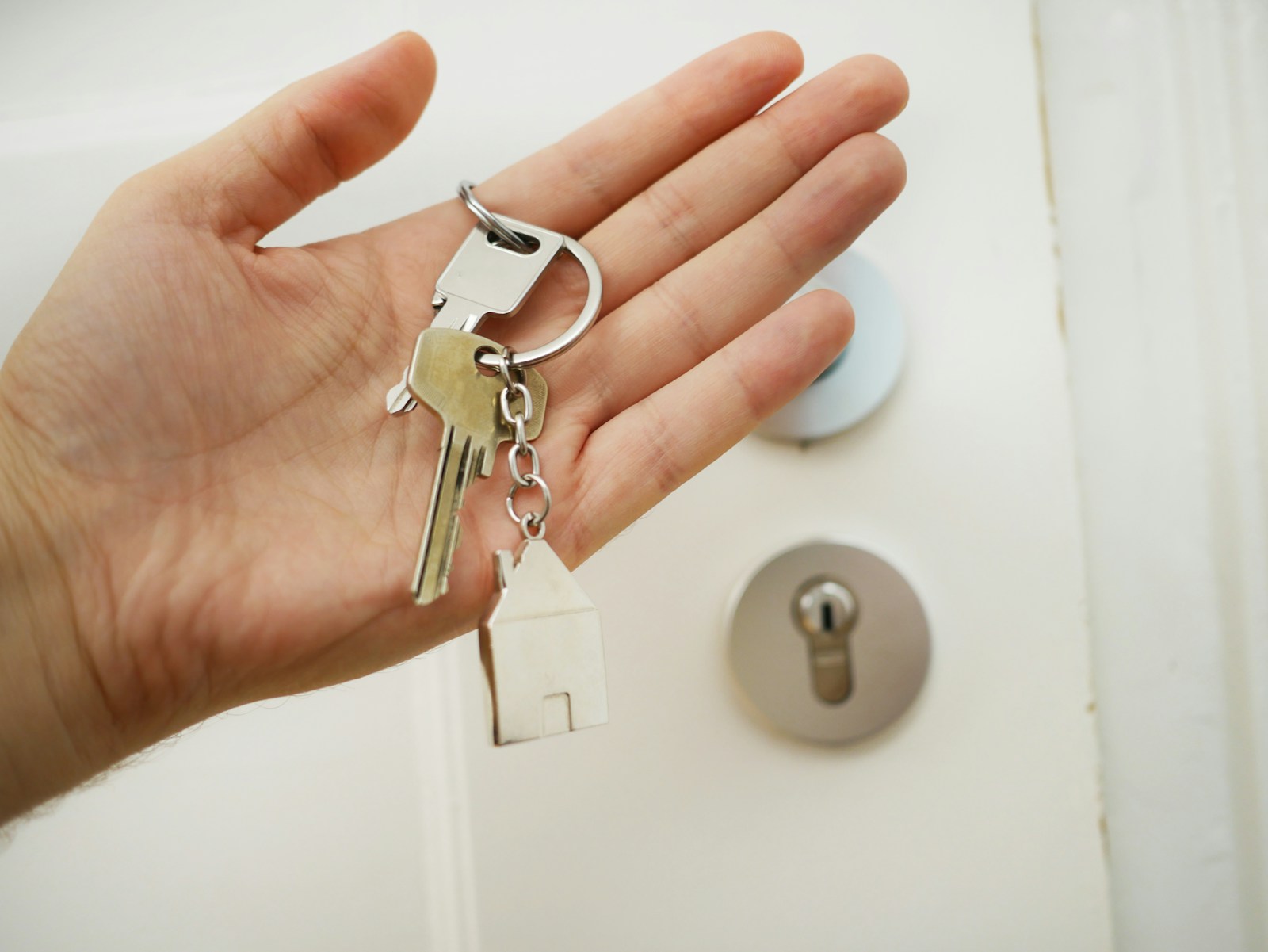Spring is one of the most active seasons in the real estate market, and if you're planning to list your home, now is the time to get it market-ready. Whether you're downsizing to simplify or upgrading for more space, decluttering and depersonalizing your home is one of the most effective steps you can take to attract more buyers—and better offers.
But what do these terms really mean? And how do you do it without feeling overwhelmed?
Let’s break it down.

What Is Decluttering—and Why Is It So Important?
Decluttering means removing excess items from your home so that the space looks cleaner, larger, and more functional. Buyers aren’t just buying square footage—they’re buying the feeling of space. A cluttered home feels cramped and chaotic, no matter how large it actually is.
Here’s how to approach it room by room:
1. Entryway
Clear out shoes, jackets, bags, and seasonal gear.
Keep only a minimal mat and one or two decorative pieces (like a small plant or mirror).
2. Living Room
Remove excess furniture to improve flow.
Limit decor to three to five neutral pieces.
Pack away magazines, remotes, and personal items.
3. Kitchen
Clear off counters completely—leave only one or two attractive items like a bowl of fresh fruit or a coffee maker.
Organize inside cabinets and drawers—buyers often peek.
Toss or store rarely used appliances and bulk food items.
4. Bedrooms
Remove non-essential furniture.
Keep closets no more than 50% full to show off storage space.
Make beds with neutral, hotel-style linens and hide laundry hampers and toiletries.
5. Bathrooms
Clear counters completely—store away all personal care items.
Replace worn towels with fresh, neutral ones.
Scrub every surface until it shines—clean sells.
6. Basement/Garage
Sort items into keep, donate, and discard piles.
Use labeled bins for seasonal decor or tools.
Consider renting a storage unit if necessary—cluttered utility areas can make buyers worry about lack of space.

What Does Depersonalizing Mean?
Depersonalizing your home means removing items that reflect your identity—photos, religious symbols, memorabilia, children’s artwork, or niche decor. The goal is to create a blank canvas where buyers can imagine themselves, not feel like a guest in someone else’s space.
Tips to depersonalize without making your home feel sterile:
Remove all personal photos and replace with neutral art or mirrors.
Paint over bold accent walls with soft, neutral tones like warm white, taupe, or greige.
Store away collections or themed decor (sports memorabilia, travel souvenirs, etc.).
Use simple, classic decor that complements your home’s style without drawing attention to itself.

Bonus: If You're Downsizing, Decluttering Has Dual Benefits
If you're planning to move to a smaller home, the decluttering process will give you a massive head start. By being selective now, you’ll reduce the time, cost, and emotional stress later. Focus on:
Letting go of duplicates (kitchenware, linens, furniture).
Passing heirlooms to family members.
Donating gently used items to local charities or shelters.
Selling high-value items through consignment or online platforms.
Think of it as a proactive investment in your next chapter—not just in selling, but in how you want to live.

What If You’re Upsizing?
Decluttering is equally important for those buying a larger home. A well-presented current home often sells faster and for a higher price, giving you more flexibility in your next purchase. Plus, moving with fewer items means:
A smoother move.
Lower moving costs.
A clean slate to design your new home more intentionally.

Why This All Matters in Today’s Market
In a competitive spring market, first impressions count more than ever. Buyers are seeing multiple homes in a single weekend, and online listings—especially photos and virtual tours—need to grab attention immediately.
Homes that are clean, neutral, and spacious consistently outperform those that feel overly personal or cluttered. In fact, according to the National Association of Realtors, staged homes sell 88% faster and for 20% more than non-staged homes—and decluttering and depersonalizing are foundational steps in any staging plan.
Final Thoughts
Getting your home ready to sell doesn’t have to be overwhelming. By focusing on decluttering and depersonalizing, you create a home that speaks to more buyers—and helps you transition smoothly into your next one, whether you're scaling up, scaling down, or just making a change.
As a Burlington real estate expert, I help homeowners every step of the way—from preparing your property for the market to negotiating top dollar. If you’re thinking about selling this spring, let’s talk. I can offer room-by-room advice on how to get your home show-ready and sold.
Contact us today to book your free home preparation consultation.






































































